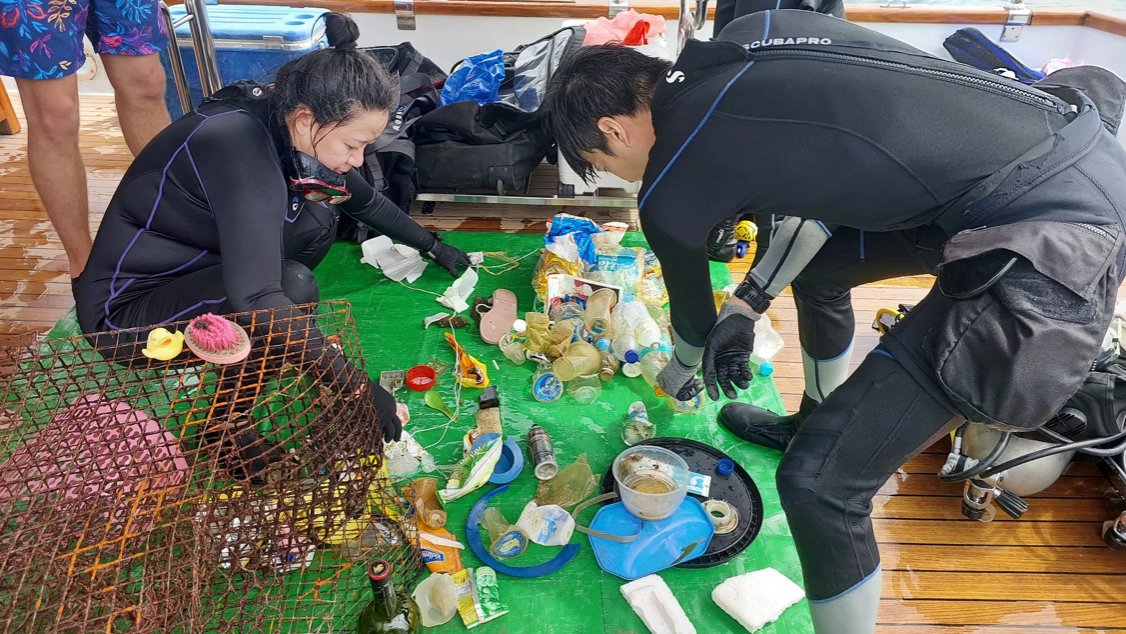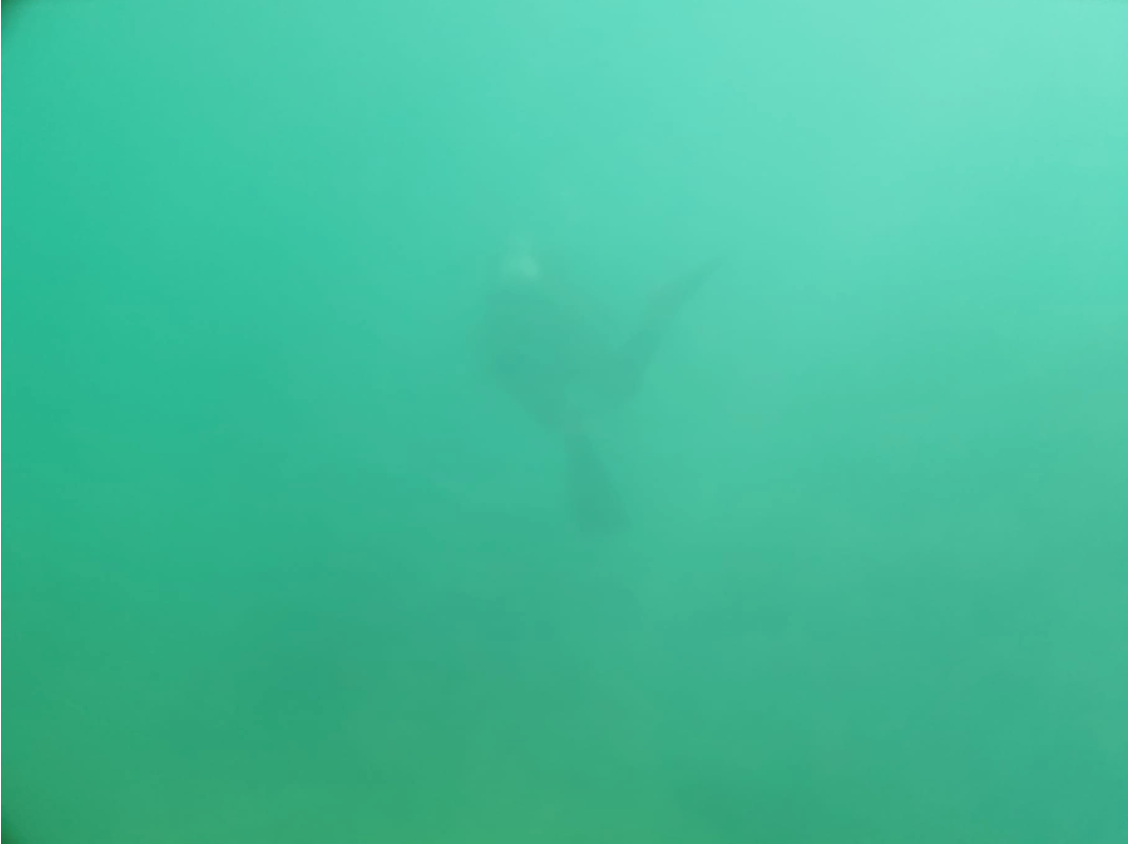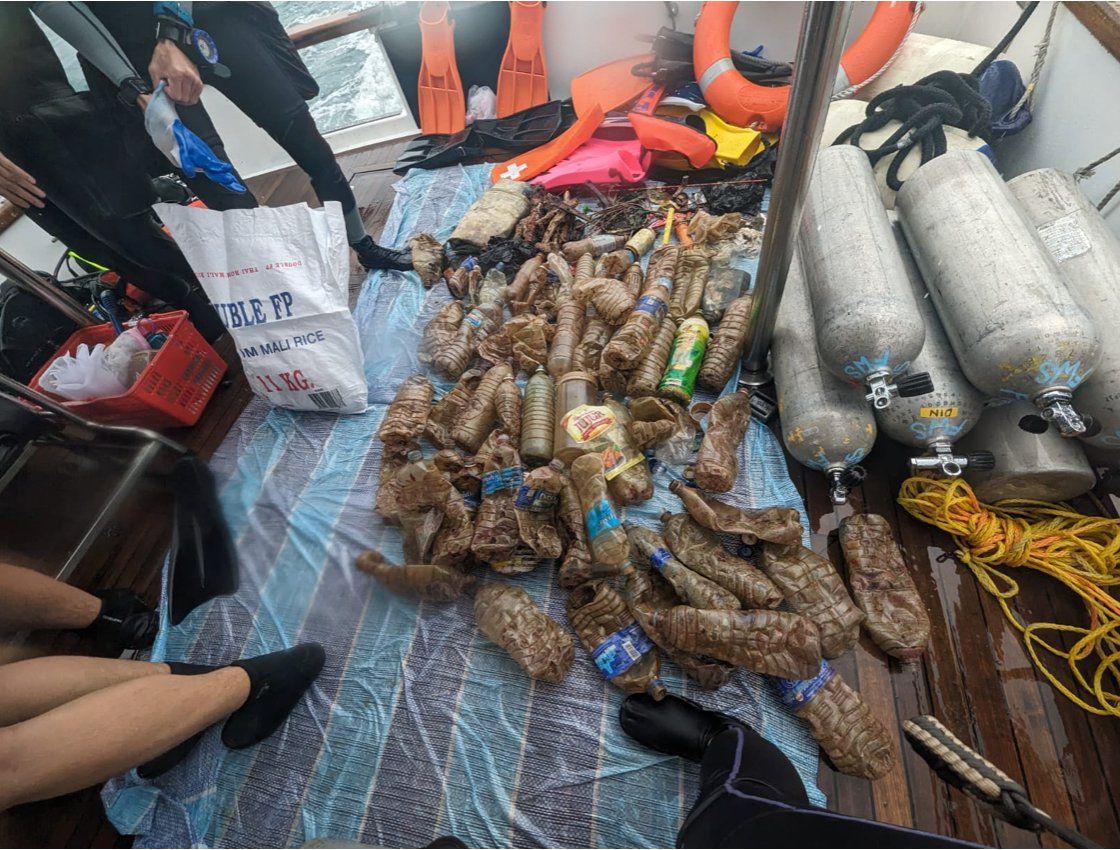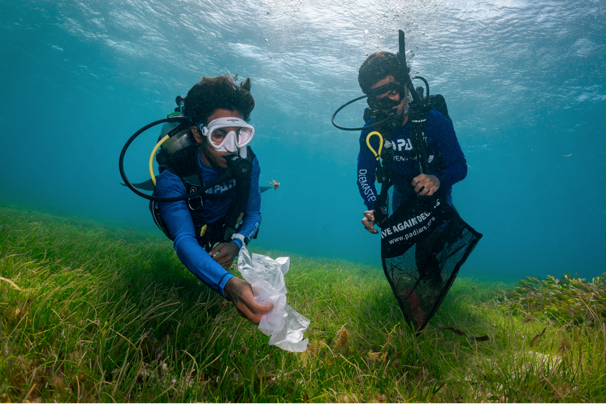Organise and Sponsor a Dive Against Debris Ocean Cleanup Today!
[Article by Lim May-Ann / 20 Jan 2025]
LinkedIn: Lim May-Ann
If you’re someone who has resolved that you would like to make a difference in conservation and sustainability in Singapore now, and would like to explore how to organise and sponsor a cleanup dive with The Submersibles, look no further for a 101 as this article is for you.
What is an Ocean Cleanup / Dive Against Debris (DAD) dive?
The Submersibles organises frequent ocean cleanups in Singapore waters, usually around the waters of Lazarus Island or St Johns’ Islands, or elsewhere depending on dive permissions from the Maritime and Port Authority of Singapore (MPA). These cleanups are also called PADI AWARE’s Dive Against Debris dives because the ocean trash collected are categorised, counted, weighed, and logged in a global map of debris at the diveagainstdebris.org website.

Source: diveagainstdebris.org (as of Jan 2025)
Sustainability Reports and Citizen Science Metrics
This means that every dive contributes to a global citizen science effort in understanding the different kinds of trash that are found polluting the ocean, allowing scientists, corporations, and conservationists to understand local priorities when managing trash and ocean cleanups.
For organisations and corporations, the transparency and accountability of Dive Against Debris dives means that every dive will yield measurable results which can be reported in sustainability reports if necessary. For reference, you may want to look at the Dive Against Debris data card data sheet, which we use to record and report all debris collected. (We can also prepare an official record for your reporting purposes, as our team are certified under the Singapore Workforce Skills Qualifications PRE-ENV-4001-1.1 Carbon Footprint Management-4.)
When are Ocean Cleanups Scheduled?
The Submersibles’ ocean cleanups 2025 are organised monthly.
If you are keen on sponsoring a specific month, please contact us at info@thesubmersibles.com (email) or +65 8013 8445 (WhatsApp).

Ocean Debris collected on a Dive Against Debris dive
Corporate or Organisational Sponsorship and Participation
This is the most common approach towards sponsorship where the organisation or group sponsors the cleanup, and organises their own diving and non-diving employees and friends to participate.
- The organisation or group sponsors the cleanup.
- There are 8 diving slots open for dive participants:
- The Submersibles will provide the requisite number of dive guides to lead the ocean cleanup.
- Dive participants MUST be at least Open Water certified, and have had at least 2 dives in Singapore waters in the last 12 months.
- Dive participants who do not have their own gear may rent their gear from The Submersibles (to be distributed and collected back at the jetty).
- There are 8 non-diving slots open for surface support participants, e.g. reporting team, photographers, who will assist in documentation as well as trash sorting, counting, and reporting.
Self-Funded Participation
There may also be occasions and opportunities to participate in an ocean cleanup organised by The Submersibles. This will entail a small fee for participation (may differ depending on location), so look out for these opportunities!
What does a Sponsorship Package Include?
We will work with you to understand what you need and expect in terms of participation and size of the event, and reporting requirements. For example, if you would like to do an event in a particular month, with a particular number of people/budget in mind, we will work backwards with you to calculate the number of people you may like to have on the boat as divers and non-divers. We will also work with you to arrange for rental of gear for those who may need gear, and also work with you on any reporting requirements you need e.g. to have a marcomm staff on board with photography equipment, also we will assist with enabling sharing of above-water and underwater photographs and videos if necessary.
What does a Typical Ocean Cleanup Schedule Look Like?
Cleanups typically are on Saturday or Sunday mornings, where we meet at 8am and return to the jetty and end the programme around 1.30pm. This is a typical schedule (subject to changes):
- 8am: Meet and distribute rental gear, complete any required forms and releases, briefing of ocean cleanup participants.
- 845am: Prep, load gear onto boat, last safety and security checks.
- 9am: Boat departs for ocean cleanup location.
- 930am: Dive participants - first dive! | Surface support participants – setup the boat area for sorting of trash.
- 1030am: Surface interval, sorting and counting of trash.
- 1115am: Dive participants - second dive! | Surface support participants – continue to sort and weigh trash, prepare for safe disposal.
- 1215pm; All divers exit the water, sort and weigh trash.
- 1pm: Unloading gear, take group photos, count and return all rented gear, disposal of trash.
- 130pm: end of event.
Plan Your Next Ocean Cleanup with The Submersibles Today!
We hope that this has de-mystified and answered some questions for you on what an ocean cleanup looks like in Singapore, and what arranging a dive cleanup with us will entail. The ocean absorbs around 3 billion tons of carbon each year, absorbing 30-31% of CO2 emissions from human activities. Come join us as we work to protect it from further damage today!

Sorting and Counting the Ocean Trash
On the left, note the very rusty abandoned fishing traps (colloquially known as “bubu” traps, not to be confused with labubu).

Dive Against Debris Dive Participants
Divers with their trash nets (in white), heading out from the boat to the reef with their guides.

Visibility in Singapore Waters
This is a diver one meter away from the photographer, at 6m depth on a very sunny day with a lot of natural light. Pre-requisite of 2x Singapore-water dives in the past year because the visibility of Singapore’s waters is notoriously challenging, and requires some experience to understand how to best utilise natural navigation (depth and water features), navigation equipment (compass and/or the compass settings on your dive computer), and how often and methods to track and trace your team underwater.


